Brooklyn to feature North America’s largest automated parking facility

Previously a holdout for smaller businesses in a rapidly gentrifying neighborhood, Brooklyn’s Fulton Mall has been a perpetual target for developers in recent years. From kio.
In keeping with Mayor Michael Bloomberg’s aspirations for New York City’s technological future, construction began this month on what will be North America’s largest automated parking facility. Located a half block from Fulton Street mall in downtown Brooklyn, the nearly 700-unit parking garage will extend 37 feet underground and include robotic features that require no human staff on site.
Motorists will be able to simply drive into a port, lock their car, grab their keys, and get a ticket from a computerized kiosk before swiping a credit card or key fob and leaving. The rest is automated: Light sensors measure the vehicle’s dimensions, while cameras record images of it from multiple angles. Afterward, the car is lowered underground, where a forklift spins into position the metal pallet on which the car sits before moving it into an open bay. The process reverses when drivers return for their vehicles.
In the meantime, the cars sit parked tightly together, with special machinery allowing access to them. In the event of a power failure, backup generators sit at the ready, says Catanna Berger, a representative for Automotion Parking Systems, the company chosen to build the automated parking facility.
Automotion currently operates three other garages like it—two in Manhattan, one in Brooklyn’s Bushwick neighborhood—though none to the same scale. The project will undergird Willoughby Square, an urban park promoters are touting as Brooklyn’s answer to Bryant Park in midtown Manhattan. More than an acre in size, the square will occupy Willoughby Street between Gold and Duffield streets and feature picnic areas with lawns and trees—green space for an area slated for major change.
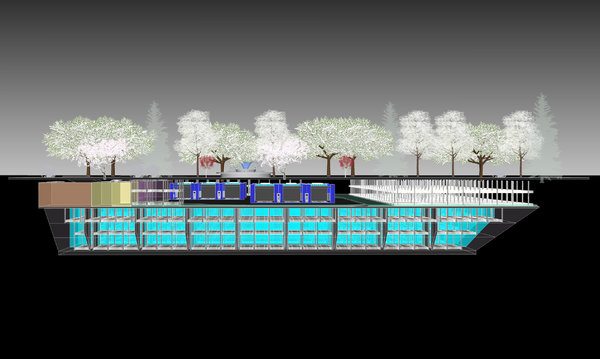
Development kerfuffles aside, Automotion thinks the new facility will reduce congestion in the neighborhood – with a lower cost per spot than most underground parking. From the New York Times.
Indeed, policymakers have worked toward the park’s construction since 2004, when downtown Brooklyn was rezoned to facilitate its revitalization. Efforts slowed in 2008 with the economic downturn but picked up again three years ago. Plans moved more quickly when the city struck a deal with the Willoughby Operating Company, an affiliate of the American Development Group, which will lease the publicly owned land.
Relying on a blend of public and private funds, the Willoughby Operating Company will build the park and pay for the excavation and construction of the garage, as well as any cost overruns. That’s a significant burden since Automotion’s equipment alone costs approximately $25,000 per vehicle. That figure rises north of $50,000 to $60,000 per car when excavation costs are brought into the equation.
Still, that’s almost $30,000 less for each car counted in the construction of a conventional garage, Ari Milstein, director of planning for Automotion, told the New York Times last month. He noted one other benefit: Because the parking process is automated, cars won’t idle, limiting the amount of carbon, hydrogen, and nitrous oxide emitted.
The underground automated parking garage will also be less disruptive to the area’s built environment, which is seeing massive change. Already three hotels and multiple shops nearby have opened, inviting more cars and visitors to the neighborhood. If policymakers’ plans for downtown Brooklyn are successful, development in the area will only accelerate, with the green space offered by Willoughby Square providing relief.
Related Posts
Category: Municipal, Parking management

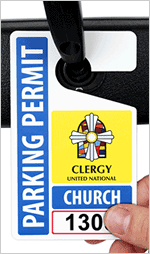
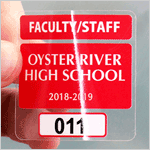

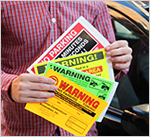


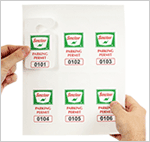
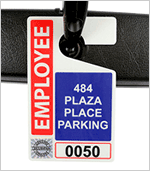












vertical entry / exit is a significant innovation, it will save the drivers from walking (especially in the cold weather). But the use of pallet made my skin crawl. Counting on the big and heavy American cars which will sit on the pallets for a long time, may lead to deformation of the pallet or its undercarriage. We need no to recount the disaster entailed when the deformation occured. Why don’t you create a device which able to move, turn and hold the car while in moving it?
Harnadi, I’d imagine the engineers have accounted for the maximum weight of the cars they’re expecting to house, but perhaps I’m too optimistic…?